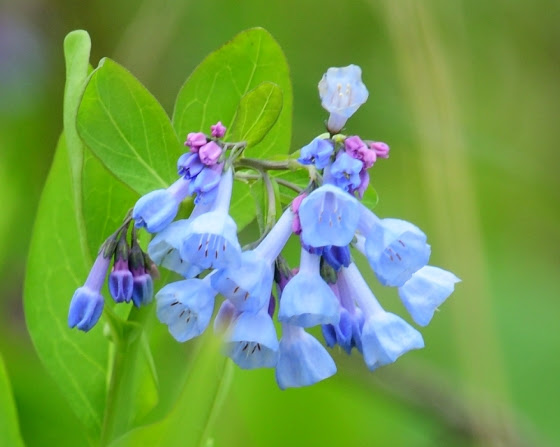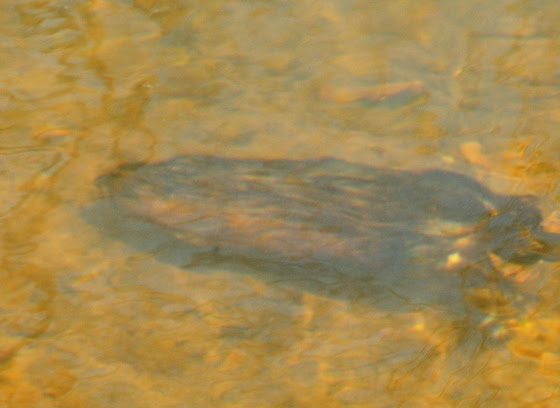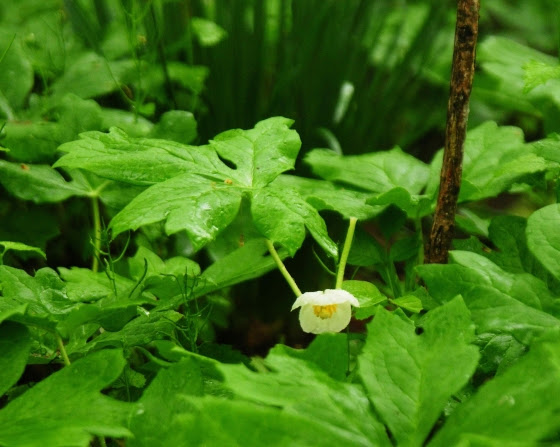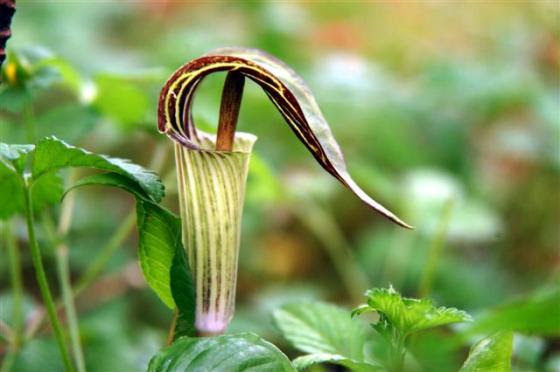April’s Green Veil Lays Across the Landscape
Article and photos by Joe Mish

The green veil of April is laid upon the earth to cover the landscape, washed clean and left bare by the cold wind and melting snow jettisoned during winter’s hasty retreat. The blanket of winter’s white cover cloth is now torn asunder into a patchwork of pale fragments scattered across the land. A mosaic of green tints emerge and expand as April distances itself from winter.
April’s arrival comes just ten days after winter’s meteorological conclusion to make the first full month of spring a mixed bag of weather. Snow squalls, frost, bright sun, cold rain and a sampling of temperatures from freezing to torrid, make April unpredictable; except for its unassailable promise to pave the final path to summer with an explosion of colorful blooms.
Spring’s arrival is heralded in by the last gasp of winter’s fury, whose blustery breath escaped March to shake April’s greenery and ghost it with flakes of vanishing snow.
April’s struggle with the remnants of winter weather is aided by the sunlight, which now dominates the darkness, to give confidence to a profusion of life waiting to emerge from the gravid earth. The path of the earth’s orbit and tilt, makes the sun appear to ride higher above the horizon to shrink shadows and warm the earth. The increasing daylength triggers a cascade of chemical change in all life on earth, to direct behavior in animals and rapid growth in plants.
As April progresses, the translucent, pale green veil, weaves itself into a thick verdant blanket of coarse yarn as grasses and leaves emerge and unfold to partner with the sun, converting light into nutrients and clouds of life sustaining oxygen.
As seen from the perspective of a celestial theater seat, a time lapsed image of spring appears alive as it moves north, leaving a thick green carpet in its wake. Rivers, appearing as long shimmering threads of blue and silver, decorate the green tapestry as if by artistic design. The bright thread appears and disappears, as generous stitches, roughly sewn into a green cloth, penetrate and emerge along a torn seam.
Descending into the greenery, the broken silver-blue thread becomes a gentle flowing river, the sun reflecting off the rippling surface. Beneath the shallow water along the bank, tightly furled spikes of yellow pond lily emerge from the mud with encouragement of the bright sunlight, in preparation for next month’s floral debut.
A cloud of muddy water among the expanse of the submerged spikes betrayed the presence of a muskrat. The rat’s trail led ashore leaving an obvious mud-stained path across the matted down fresh green grass. The path ended at a large patch of mugwort, an invasive plant impervious to control, and a bane to gardeners. Likely a female, the muskrat gathered greens for bedding to line her bank den and food to wean her kits.
Beyond the mugwort, in the shade of the river birch and swamp maple, grew a variety of native plants typically found in moist woods along more pristine waterways. Trout lilies and trillium were scattered about, familiar to early season fishermen and the few who gather spring greens like fiddlehead ferns and dandelions.

Like the yellow trout lily, trillium is a short plant just a few inches high and easily recognized by its three petaled flower. The most common color I have seen is a deep rich burgundy, and appears more as an errant jewel, carelessly lost by a passerby.
Mayapple grows in enmass as groundcover in moist woods where groups of jack-in-the- pulpit appear ready to preach a sermon.
The native wildflowers which appear briefly in early spring are collectively known as ‘spring ephemerals’. These delicate beauties sprout out of the cold ground in a resurrection inconsistent with expectation, to lend an air of magic to their presence.
The spring ephemerals hide among April’s green veil and whisper the arrival of spring and a promise of summer to anyone who seeks the solace of wild places and open space. They whisper just once, and then they are gone.
Author Joe Mish has been running wild in New Jersey since childhood when he found ways to escape his mother’s watchful eyes. He continues to trek the swamps, rivers and thickets seeking to share, with the residents and visitors, all of the state’s natural beauty hidden within full view. To read more of his writing and view more of his gorgeous photographs visit Winter Bear Rising, his wordpress blog. Joe’s series “Nature on the Raritan, Hidden in Plain View” runs monthly as part of the LRWP “Voices of the Watershed” series. Writing and photos used with permission from the author. Contact jjmish57@msn.com.





